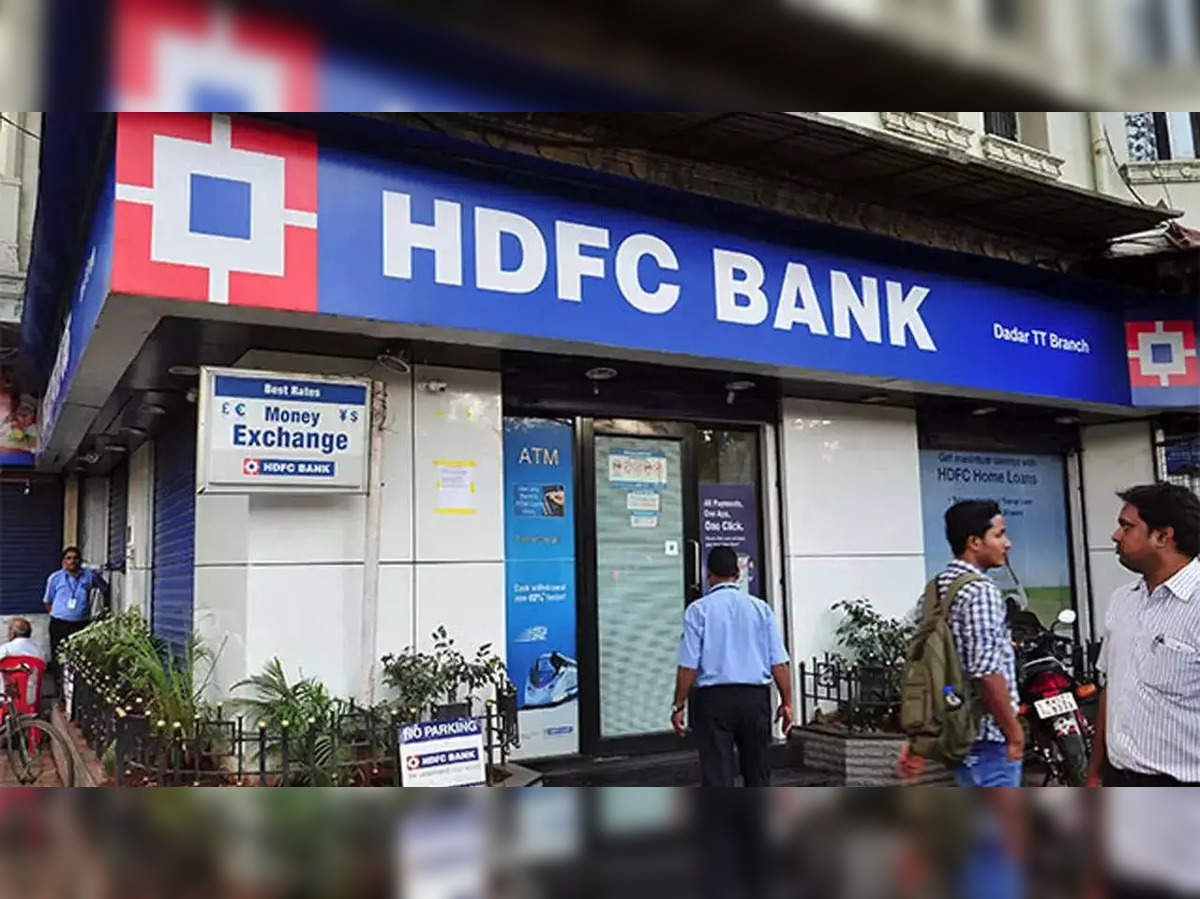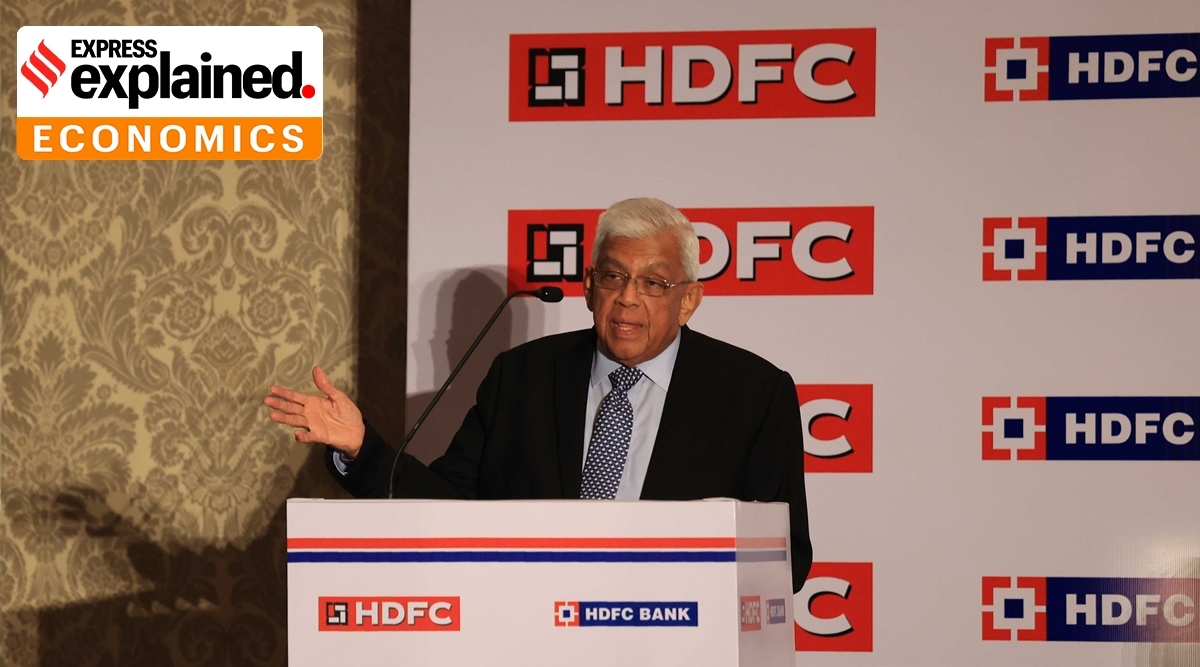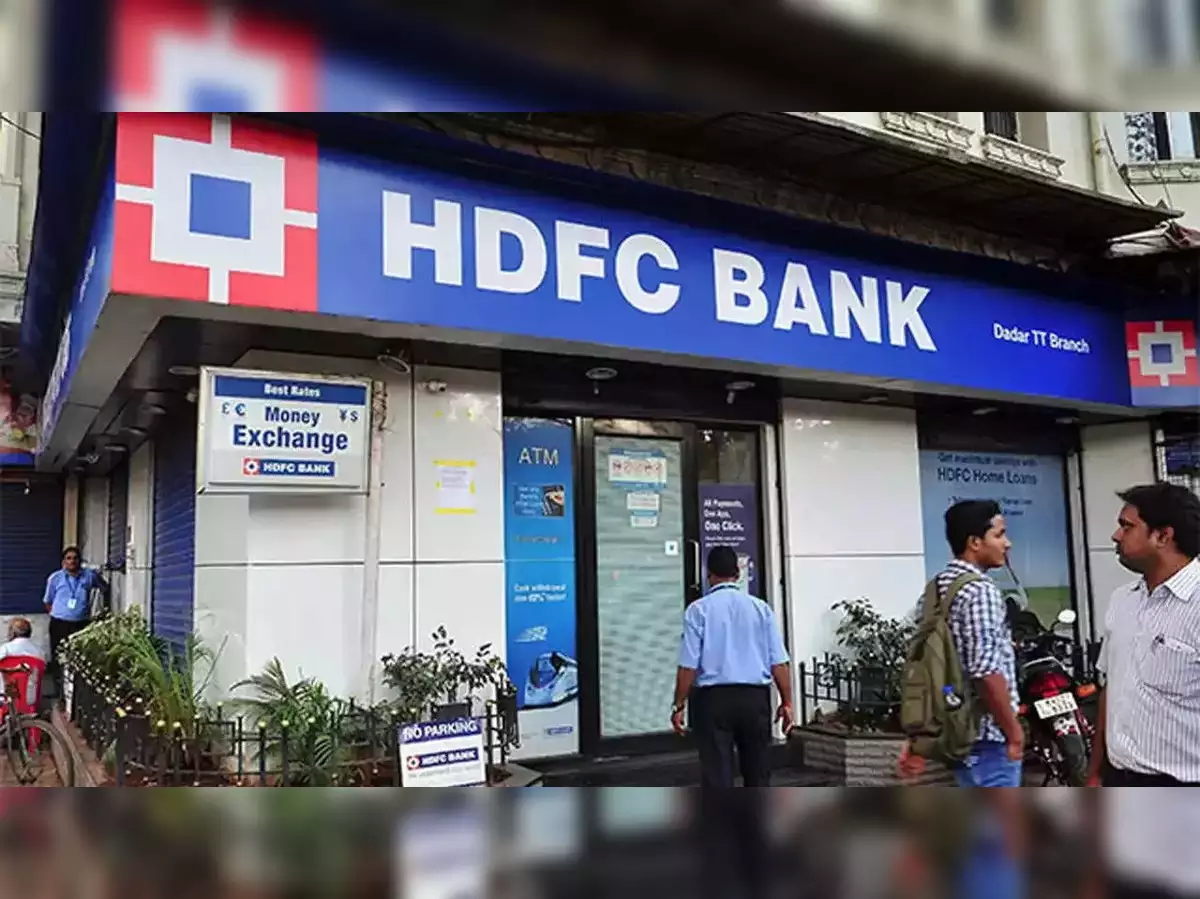HDFC Bank Witnesses 30% YoY Surge in Profit, Reaching Rs 11,952 Crore; NII Soars by 21%: Impressive Q1 Performance
This is the initial financial report of the HDFC bank subsequent to its merger with its parent company, Housing Development Finance Corporation.

HDFC Bank has announced its financial results for the quarter ended June, revealing a significant year-on-year (YoY) growth in net profit. The bank reported a net profit of Rs 11,952 crore, reflecting a 30% increase compared to the same period last year. This surpassed market expectations, with an ET Now poll predicting a net profit of Rs 11,000 crore. The total income for the quarter also witnessed substantial growth, rising by 39% YoY to reach Rs 57,817 crore.
Notably, this is the first earnings report of HDFC Bank since its merger with its parent company, Housing Development Finance Corporation. The merger has brought about synergies and opportunities for the bank, contributing to its strong financial performance.
One of the key factors driving HDFC Bank’s impressive results is the net interest income, which experienced a significant rise of over 21% YoY to reach Rs 23,599 crore. Net interest income is the difference between the interest earned by the bank and the interest expended.
These robust financial figures demonstrate the bank’s ability to effectively manage its operations and capitalize on opportunities in the market. HDFC Bank’s performance is a testament to its strong business model, efficient management practices, and customer-centric approach.
The bank’s consistent growth and profitability reflect its ability to navigate challenges and leverage its strengths in the banking sector. HDFC Bank’s focus on maintaining a healthy loan portfolio, efficient risk management, and continuous innovation has contributed to its sustained success.
As HDFC Bank continues its journey as a merged entity, it remains committed to delivering value to its shareholders, customers, and stakeholders. The bank’s solid financial performance sets a positive trajectory for its future growth and reinforces its position as one of the leading banks in the Indian financial landscape.
HDFC Bank also witnessed a notable increase in its operating profit before provisions and contingencies. The operating profit for the quarter rose by 22% year-on-year (YoY) to Rs 18,772 crore. This growth indicates the bank’s strong operational performance and its ability to generate income from its core banking activities.
In terms of provisions, HDFC Bank set aside Rs 2,860 crore during the quarter. This amount represents the funds reserved by the bank to cover potential losses or risks associated with its loan portfolio. It is worth noting that the provisions for the current quarter decreased compared to Rs 3,188 crore allocated for the same period the previous year.
The decline in provisions reflects the bank’s efforts in managing credit risks and maintaining a robust asset quality. It suggests that HDFC Bank has been successful in mitigating potential risks and ensuring the stability of its loan portfolio.
Overall, HDFC Bank’s financial results showcase a positive growth trajectory and a resilient performance. The bank’s strong net profit, increased total income, and higher operating profit demonstrate its ability to navigate a challenging economic environment and deliver sustainable results.
The provisions made by HDFC Bank indicate prudent risk management practices, ensuring the bank’s resilience in the face of uncertainties. As the bank continues to prioritize asset quality and maintain its customer-centric approach, it remains well-positioned to capitalize on future opportunities and sustain its growth momentum.
As of the end of June, HDFC Bank’s gross non-performing assets (NPA) ratio, which indicates the proportion of bad loans in relation to the total loan portfolio, stood at 1.17%. This represents a slight increase compared to the NPA ratio of 1.12% recorded in the previous quarter and a decrease from the NPA ratio of 1.28% reported a year ago.

The increase in the gross NPA ratio indicates a slight deterioration in the asset quality of the bank’s loan portfolio. However, it is important to note that the NPA ratio remains relatively low, highlighting the bank’s ability to manage credit risks effectively.
On the other hand, the net NPA ratio, which considers the provisions made against bad loans, was recorded at 0.30% as of June end. This is slightly higher than the net NPA ratio of 0.27% reported in the previous quarter but lower than the net NPA ratio of 0.35% recorded in the same period last year.
The net NPA ratio reflects the bank’s ability to recover and manage its bad loans after accounting for provisions. The slight increase in the net NPA ratio indicates a marginal deterioration in the bank’s net asset quality compared to the previous quarter. However, it remains significantly lower than the net NPA ratio reported a year ago, indicating improved loan recovery and risk management efforts by HDFC Bank.
Overall, while there has been a slight increase in both the gross and net NPA ratios, HDFC Bank continues to maintain a strong position with relatively low levels of non-performing assets. The bank’s proactive approach to managing credit risks and maintaining adequate provisions has contributed to its stable asset quality.
As of the end of June, HDFC Bank’s capital adequacy ratio, which measures the bank’s capital in relation to its risk-weighted assets, stood at 18.93%. This represents a slight decrease from the capital adequacy ratio of 19.26% reported in the previous quarter. The capital adequacy ratio indicates the bank’s ability to absorb potential losses and maintain a strong financial position.

The core net interest margin, which measures the difference between interest earned and interest expended on total assets and interest-earning assets, was recorded at 4.1% and 4.3% respectively. This indicates the profitability of the bank’s core lending and investment activities.
The cost-to-income ratio, which measures operating expenses as a percentage of operating income, was reported at 42.8% for the quarter. A lower cost-to-income ratio indicates better cost management and operational efficiency.
In terms of credit quality, the total credit cost ratio for the quarter was 0.70%, reflecting the expenses incurred by the bank in managing credit risks and maintaining provisions. This represents a decrease compared to the credit cost ratio of 0.91% reported a year ago. The lower credit cost ratio indicates improved asset quality and a lower impact of credit-related expenses on the bank’s financial performance.
Overall, HDFC Bank has maintained a strong capital adequacy ratio, indicating a robust financial position and ability to absorb potential losses. The core net interest margin and cost-to-income ratio highlight the bank’s profitability and efficiency in managing its operations. Additionally, the lower credit cost ratio signifies improved credit quality and effective risk management practices by the bank.

HDFC Bank’s total deposits showed a robust growth of 19% year-on-year (YoY), reaching Rs 19.13 lakh crore as of the end of June. This indicates a strong influx of funds from customers. Within the deposit portfolio, current account and savings account (CASA) deposits experienced an increase of nearly 11%. CASA deposits accounted for 42.5% of the total deposits during the quarter, indicating a healthy mix of low-cost funds.
The bank’s total advances, which represent the loans extended to customers, grew by approximately 16% compared to the previous year, reaching Rs 16.16 lakh crore. The growth in advances was primarily driven by a robust 20% expansion in domestic retail loans. This indicates a strong demand for retail lending products among individuals in the domestic market. Additionally, commercial and rural banking loans experienced significant growth of 29%, reflecting the bank’s focus on supporting businesses in these sectors. On the other hand, corporate and other wholesale loans witnessed an increase of 11.2%.
Following the release of the earnings report, shares of HDFC Bank demonstrated resilience and held on to gains. They were trading 1.2% higher at Rs 1,664.75 on the National Stock Exchange. The positive market response suggests investor confidence in the bank’s financial performance and outlook.
Overall, HDFC Bank has exhibited strong growth in its deposit base, with CASA deposits playing a significant role. The bank’s advances have also shown a healthy expansion, driven by robust growth in domestic retail loans and support for commercial and rural banking sectors. The positive market sentiment indicates investor optimism towards HDFC Bank’s performance and its position in the banking sector.
















